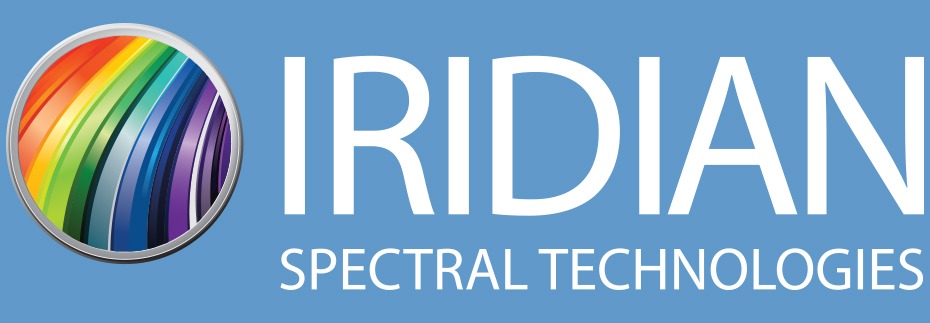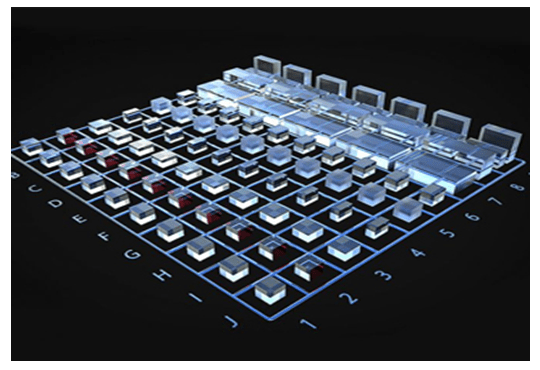Storage infrastructures form the backbone of data centers, as they hold the data owned by enterprises, government institutions, or private individuals. Various types of data centers exist to serve the purposes of different application areas, such as cloud storage, (industrial) internet of things or business models, e.g., software as a service or streaming portals, and many more. In some cases, data has to be available as fast as possible. In other cases, the priority lies in storing the data in a structured manner. Data centers all have in common that they handle large amounts of data for business and consumer applications.
Data Centers Today
Today, data storage technology in data centers generally relies on hard disk drives (HHD), solid state drives (SSD) and tape storage. Without question, SSDs will grow significantly as the future storage technology in data centers. While HDDs still offer the highest storage capacity per cost, SDD technology provides much higher performance with reading and writing speeds far beyond HDD capabilities. With 5G wireless communication networks, for example, high-speed performance at low latency will play a more significant role in competitive fast data storage. The general trend in data center storage technology will be mixed or hybrid systems, consisting of SDD, HDD, and tape storage covering the demands for high speed while still benefiting from the unbeatable low price of HDD storage.
To improve the compatibility of conventional HDD storage in a future SDD-heavy environment in data centers, HDD manufacturers, for example, are working on implementing the SSD-typical NVMe protocol natively into HDD storage devices. The first experimental results are reported to be promising, with sample units to be ready soon.
The Importance of Interconnects
As crucial as the data storage technology itself is the data center interconnect technology that is usually based on fiber optic cables and conventional copper cable interconnects. As the demand for high-speed accessibility permanently increases, fiber optic cables are seen as the future choice for data center interconnects– not only for external connections but also within the data center infrastructure.
Fiber optic cables, either single-mode or multimode fibers, connect data center hardware with each other or the outside world. Here, transceiver modules are the interconnection components for sending and receiving data via optical fibers from an electronic device. Depending on the fiber type, single-mode or multimode transceivers are used for the fiber networks. Today, multimode-fiber connections are primarily applied in data centers, because their overall costs are still considerably lower than single-mode connections. One cost-related difference between multimode and single-mode transceivers is the light source on the device which can be an LED, VCSEL or lasers of different types such as DBR, DFB or Fabry-Perot, or tunable laser assemblies. LEDs or VCSELs in multimode devices are cheaper than lasers for single-mode transceivers. Multimode fibers also transmit a large range of wavelengths compared to single-mode fibers, but transfer distance is considerably lower. Still, multimode fiber lengths are generally sufficient for data center usage.
Transceivers strongly rely on interference filters for wavelength division multiplexing. Separating or combining wavelengths is achieved with filter types such as shortpass and longpass filters. Tunable lasers and tunable transceivers are gaining popularity due to technological advances and lower costs for tunable devices. Combining tunable lasers and wavelength division multiplexing will further expand the network capabilities even with data center fiber infrastructures. For tunable lasers, further filter types such as notch filters or dichroic filters are necessary for integration in transmitter devices. Additionally, solid etalon filters are also employed to provide wavelength selectivity and tunable wavelength locking to integrated tunable laser assemblies (ITLAs).
Interested in Optical Connections for Data Centers?
The overall costs for data center interconnects play a major role, as large quantities of transceiver devices and fiber optic cables are required. Delivering high optical performance at the lowest possible cost is, therefore, critical for manufacturing datacom filters. At Iridian we will design and manufacture custom-tailored optical filters or etalons to fulfill your requirements for your datacom filter solution at the highest optical quality, robustness, reliability and cost-sensitivity.

